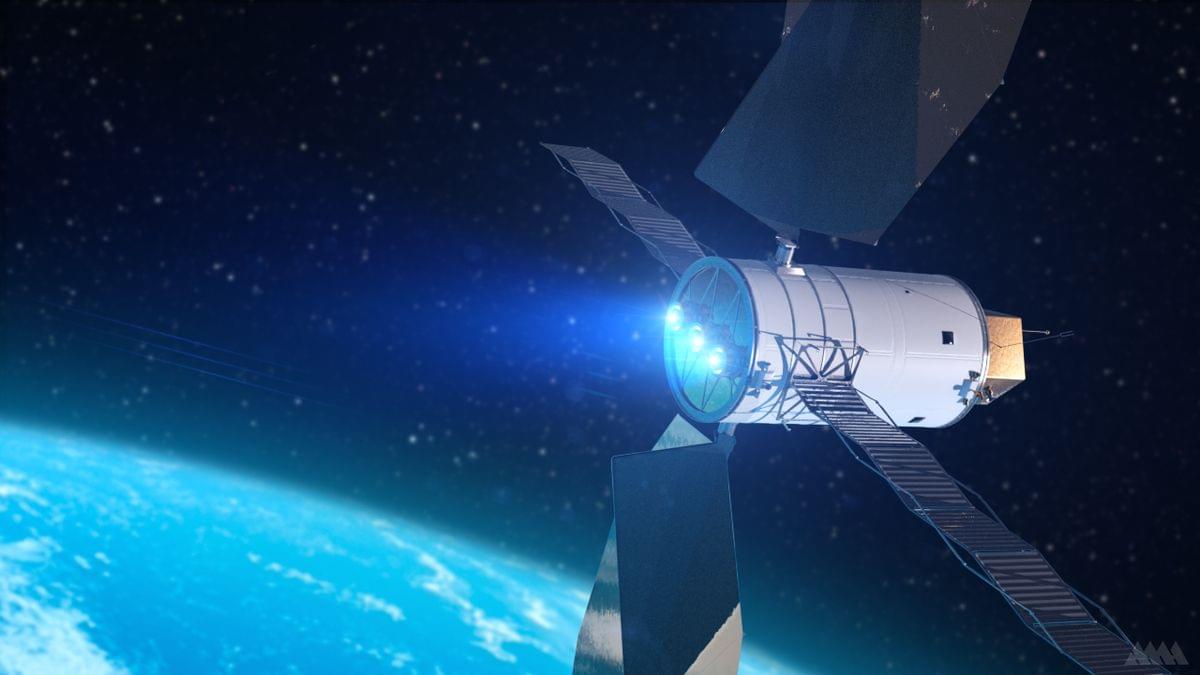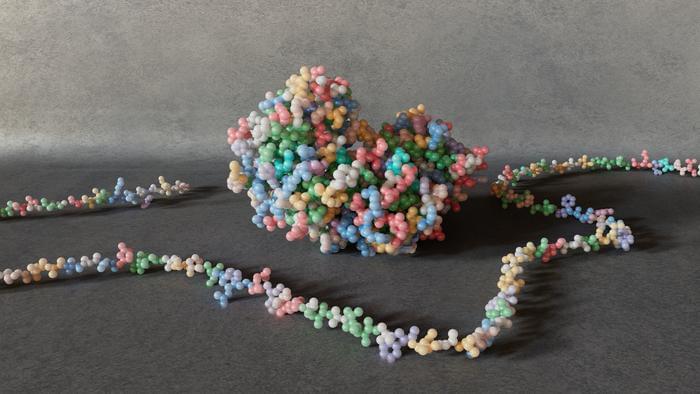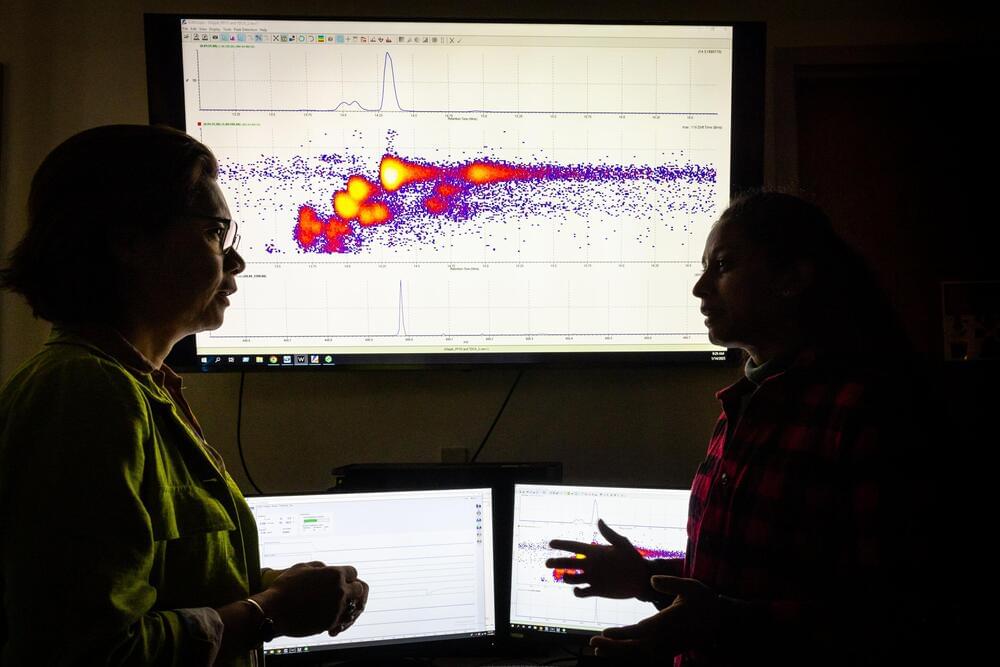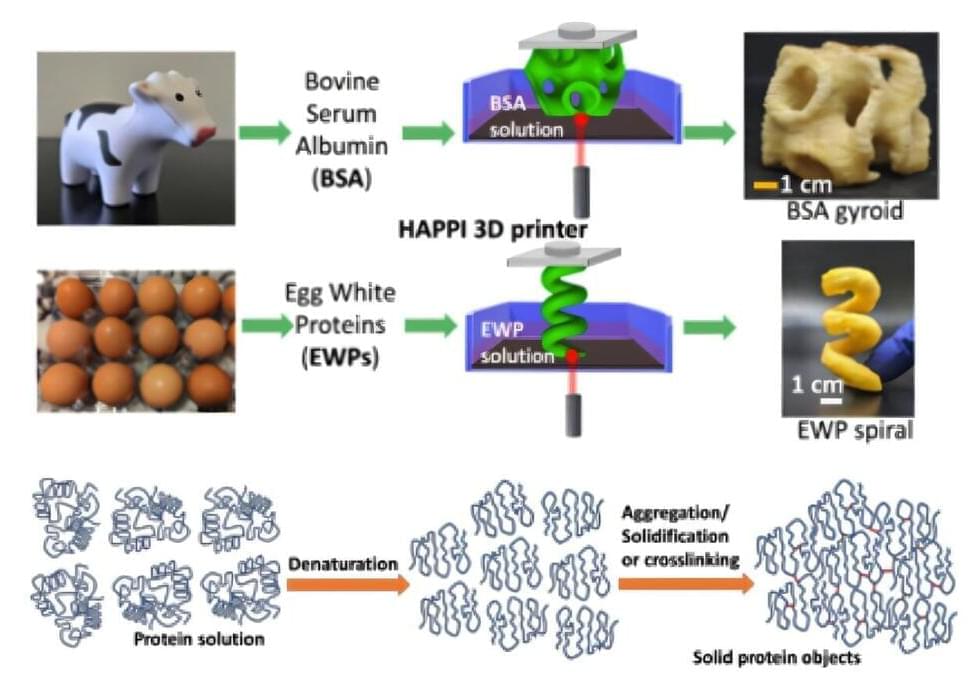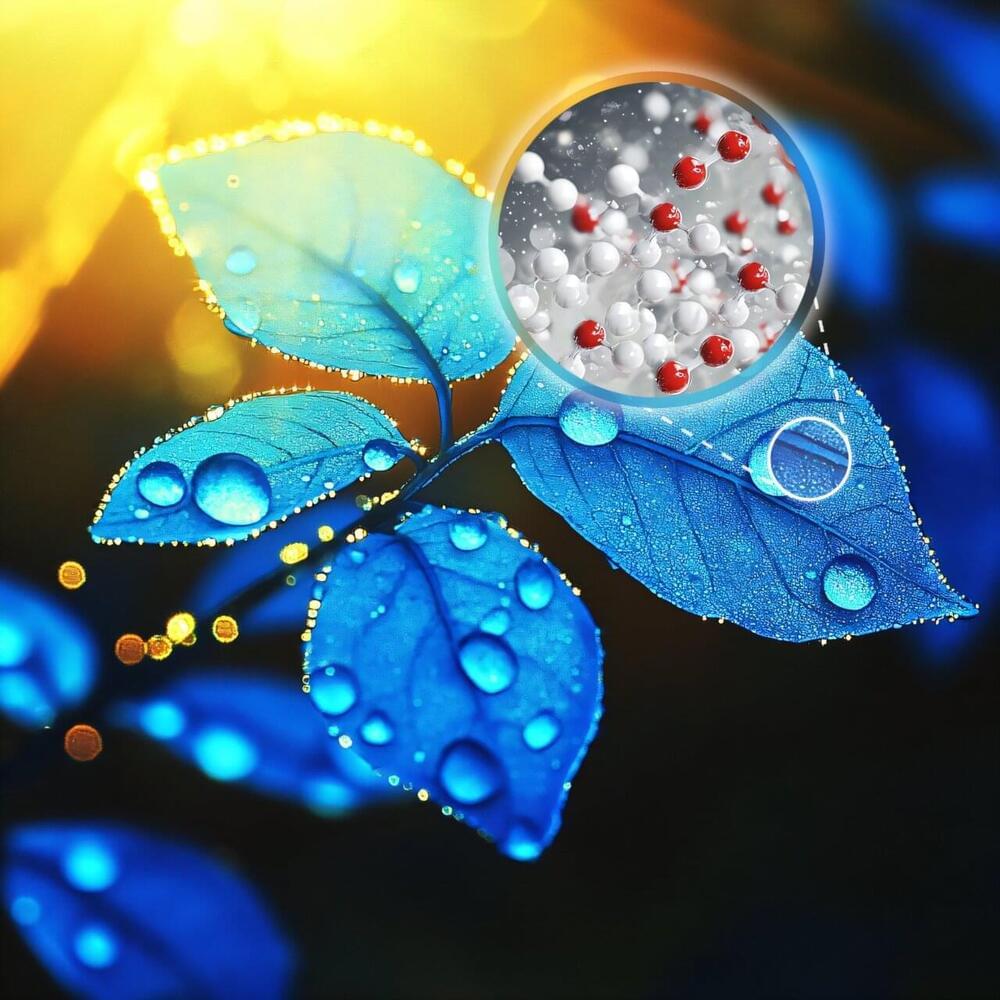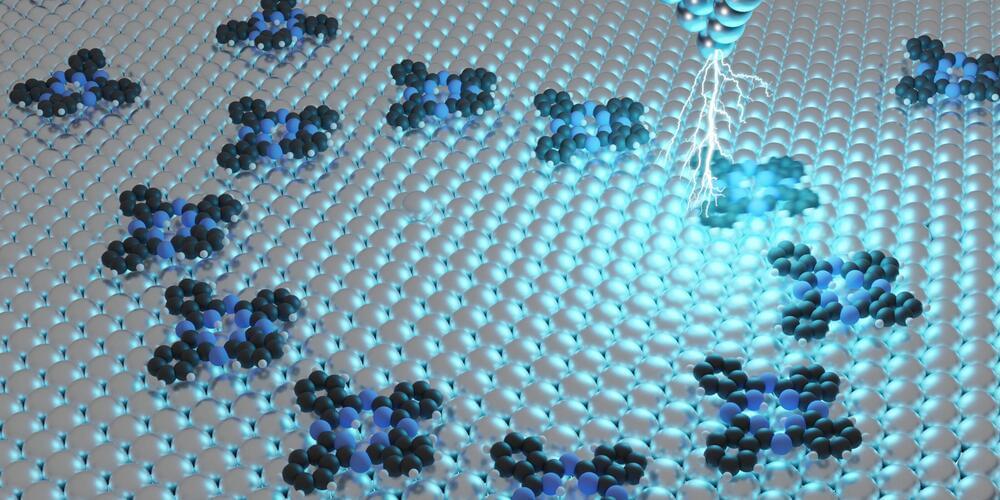Spacecraft powered by electric propulsion could soon be better protected against their own exhaust, thanks to new supercomputer simulations.
Electric propulsion is a more efficient alternative to traditional chemical rockets, and it’s being increasingly used on space missions, starting off with prototypes on NASA’s Deep Space 1 and the European Space Agency’s SMART-1 in 1998 and 2003, respectively, and subsequently finding use on flagship science missions such as NASA’s Dawn and Psyche missions to the asteroid belt. There are even plans to use electric propulsion on NASA’s Lunar Gateway space station.
